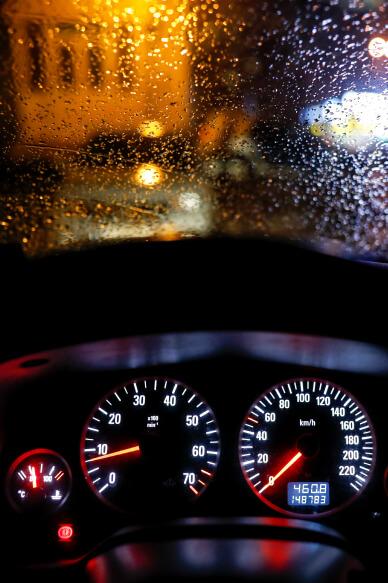Car Warning Lights
Main Content
It's certainly not pleasant to get stuck in a car that has run out of fuel or battery. But it's even less pleasant if this happens to you with a rental car abroad.
For your reference, we've compiled a list of common warning lights that may help you avoid uncomfortable and even dangerous situations. Feel free to save and keep this list.
Red Warning Lights
![]()
- Coolant Fluid - Indicates that the engine has overheated. A possible reason might be a lack of engine coolant. Beware of opening the radiator cap when the engine is hot; you might get severe burns.
- Low Oil Pressure - This light signals a lack of oil in the engine, which could cause significant engine damage. You can check the engine oil level using the oil dipstick and add if necessary.
- Brake System - This light can indicate the need to release the handbrake. In certain cases, it could signify brake wear or a low brake fluid level. Another brake-related warning could be due to either brake wear or the brake fluid level being too low. Another reason might point to a problem in the ABS system: if there's an issue with this system, the battery light might also come on.
- Battery - The light's appearance indicates an electrical fault in the car.
- Brake System Overheating - Stop cautiously on the side of the road and continue driving only after the system has cooled down.
- Transmission Temperature - The light turning on indicates a problem in the system or an excessively high temperature. In such a case, allow the system to cool down.
- Open Door - Ensure all car doors are properly closed before continuing to drive.
Yellow Warning Lights
![]()
- Low Fuel Gauge - The fuel level is low, and you should refill soon.
- Engine Emission - A potential issue with the engine or the emission system. This problem doesn't require immediate stopping, but the cause should be checked accordingly.
- Rear Fog Light On - Remember to turn it off when no longer needed.
- Tire Pressure - The air pressure is not appropriate, or there's an issue with the pressure monitoring system. After inflating, press and hold the SET button to ensure the light turns off.
- Brake Pads - This light warns about defects in the brake pads and, in some instances, the need to replace brake discs or brake fluid.
- Rear Defogger - Remember to turn off the defogger once the fog has cleared.
- External Light - Issue with the external light. The bulb might have burned out at times.
- Internal Combustion Engine - Found in diesel cars. This type of issue may cause driving problems.
- Engine Oil Level - This light indicates the need to refill the engine oil up to the desired level.
- Windshield Washer Fluid Level - Similarly, here you should refill water up to the desired level.
- Airbag - The airbag is not functioning properly.
- Seat Belt - One of the passengers is not buckled up, or there's a problem with the seatbelt system.
- Stability Control System - ESP - A flashing light indicates that the car is in operation. A constantly lit light over time might suggest a problem in the ESP system.
- Battery - An issue with the charging system or the alternator. This means that the battery isn't receiving power, which might cause the car to shut down soon.
Green or Blue Warning Lights
![]()
- Low Engine Temperatures - Typically illuminates during the car's initial start-up or on very cold days.
- Fog Lights - Front fog light is on. Helps improve road visibility when it's not optimal.
- Brake Pedal - This light will turn on if there's a need to press the brake to start the car or shift gears to Drive.
Ofran wishes you a safe and pleasant trip.




